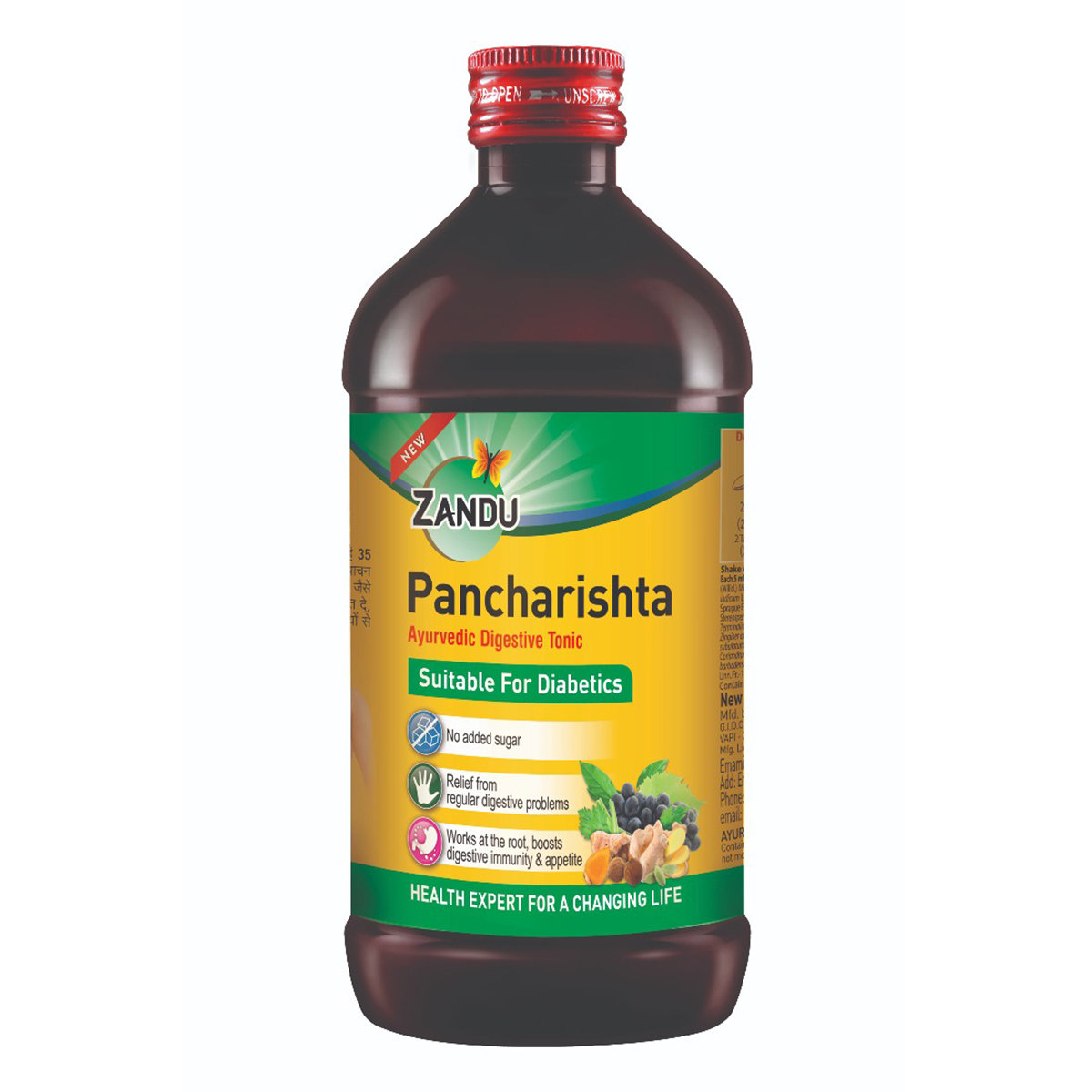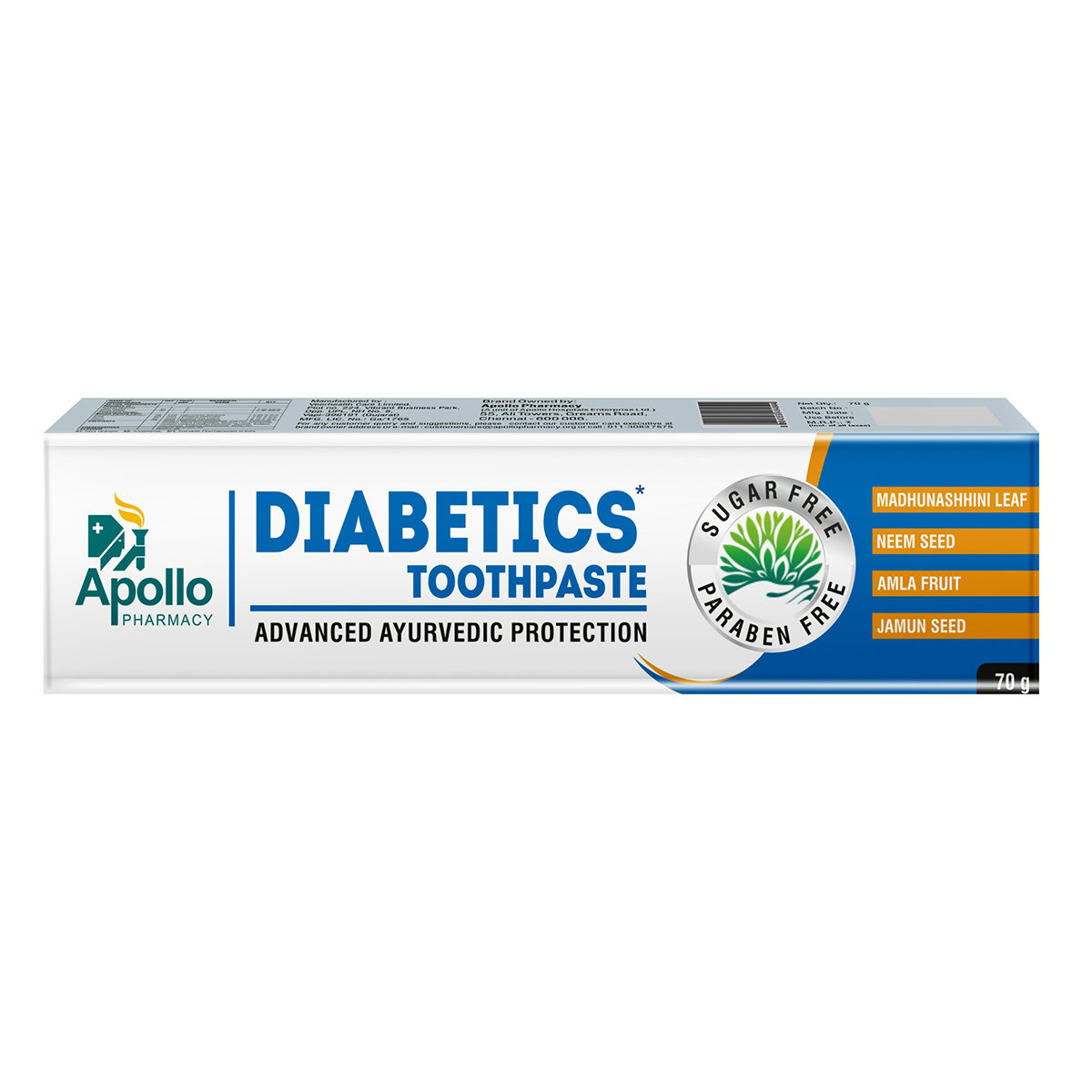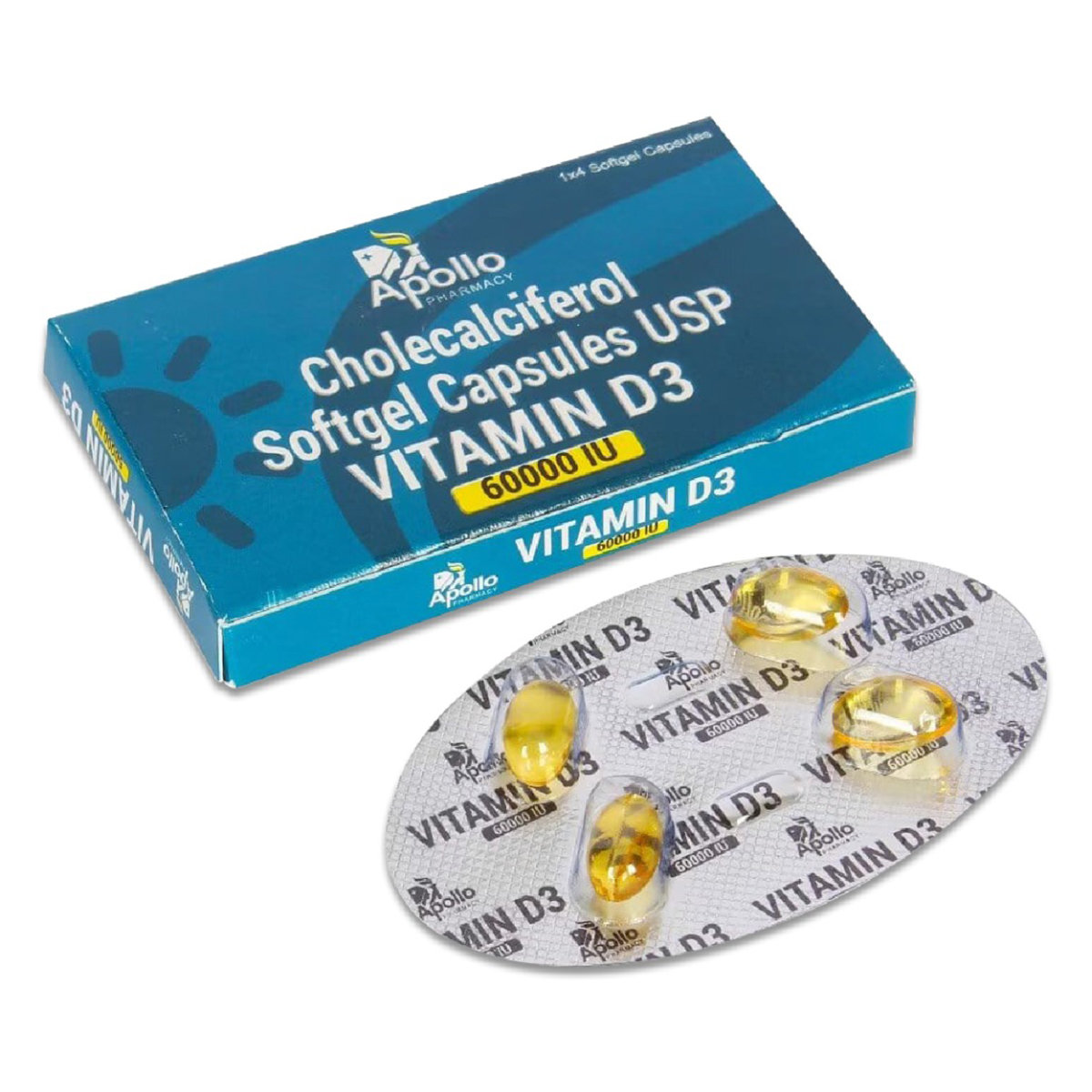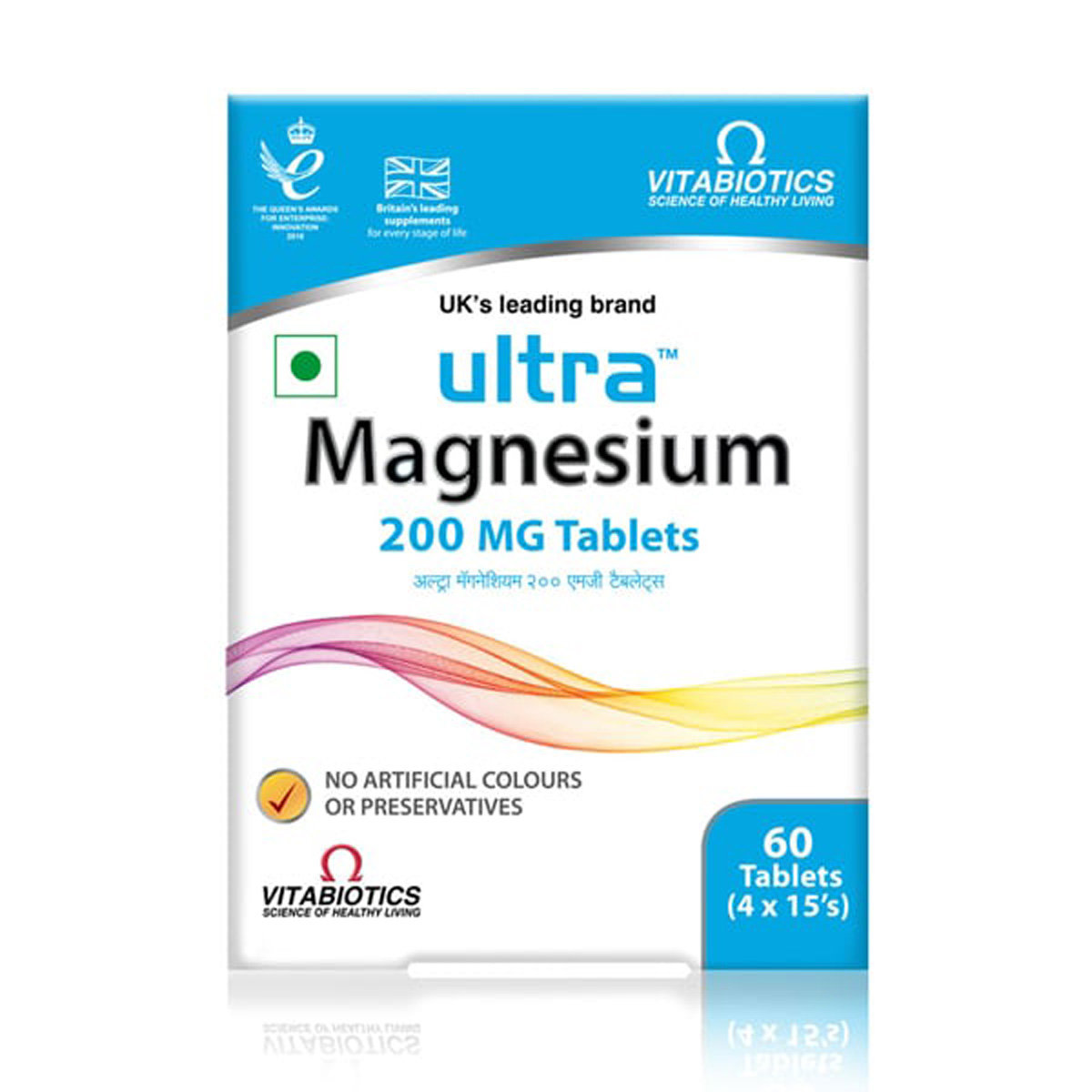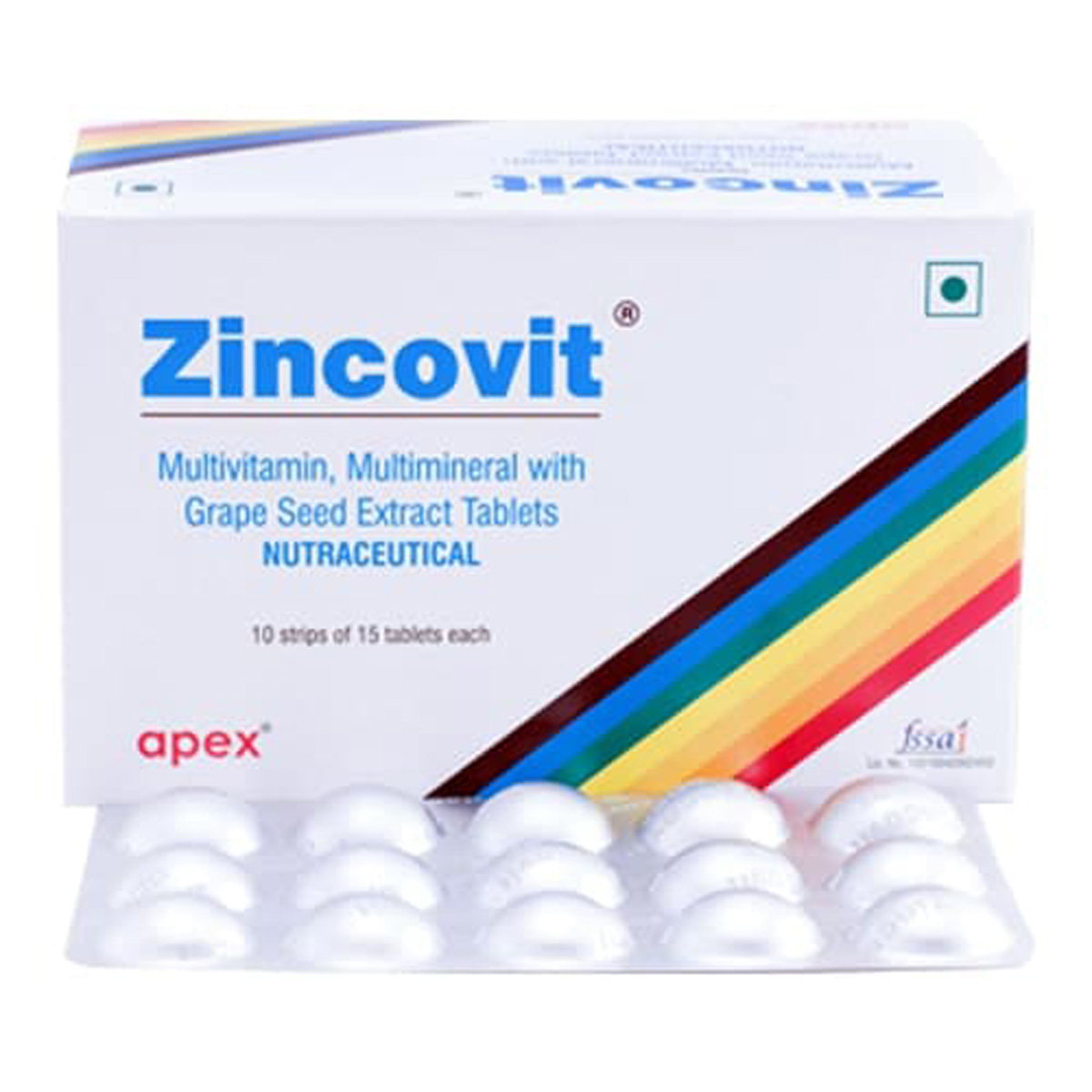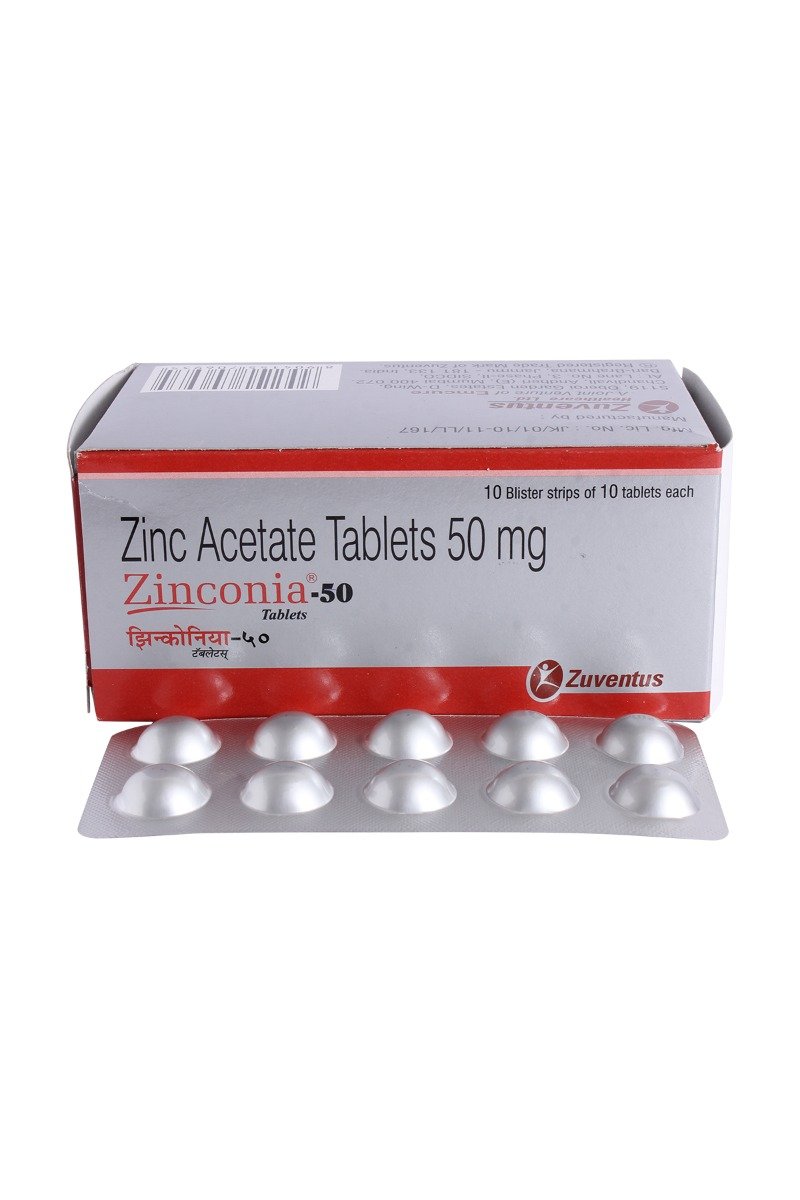Motivyst 300 Tablet
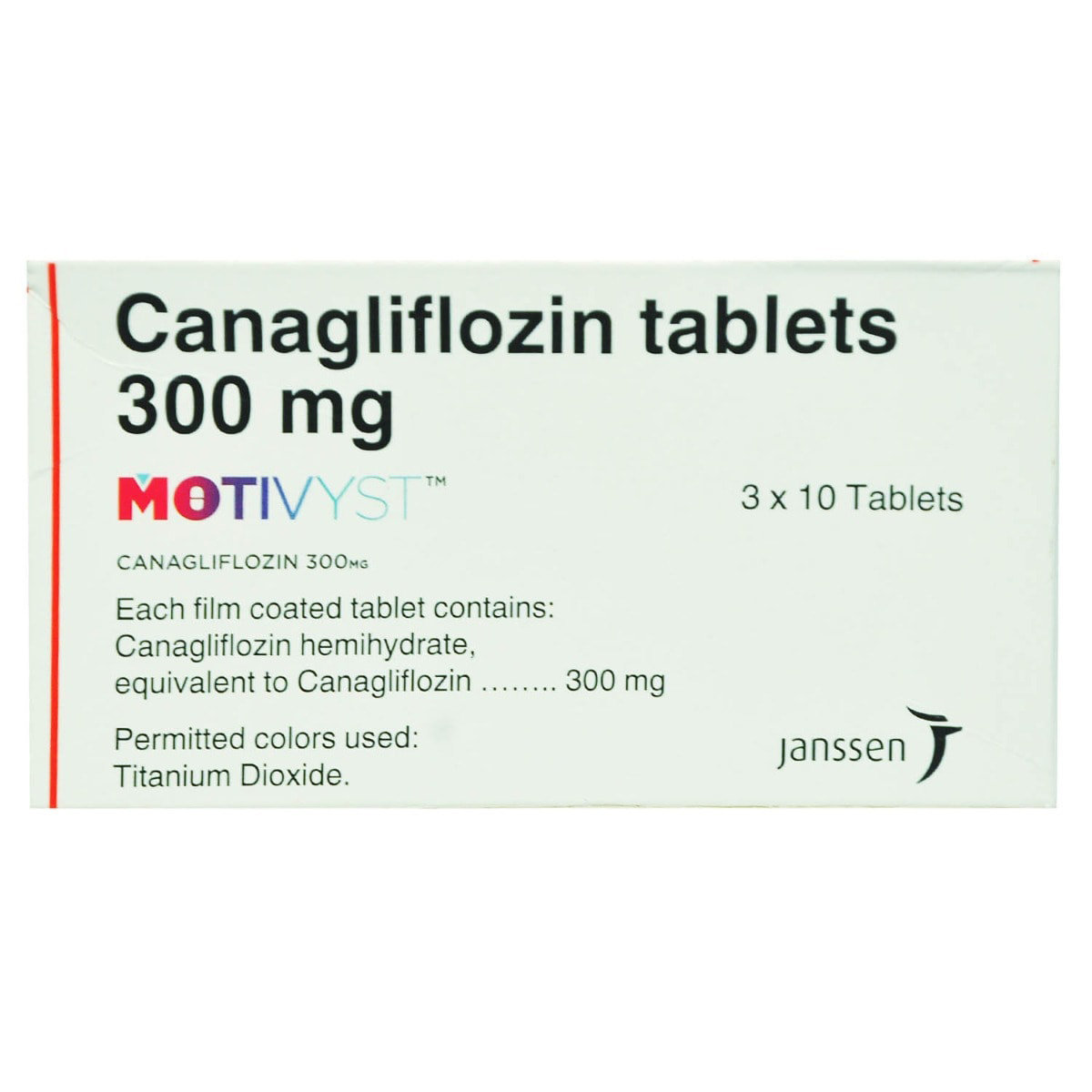




MRP ₹1359
(Inclusive of all Taxes)
₹203.8 Cashback (15%)
know your delivery time
Provide Delivery Location
Composition :
Manufacturer/Marketer :
Consume Type :
Expires on or after :
Return Policy :

Secure Payment

Trusted by 8 Crore Indians

Genuine Products
Therapeutic Class
Country of origin
Manufacturer/Marketer address
Author Details
We provide you with authentic, trustworthy and relevant information
Disclaimer
Alcohol
Safe if prescribed
You should avoid consuming alcohol with Motivyst 300 Tablet as it may alter your blood sugar levels or lead to serious side effects.
Pregnancy
Consult your doctor
No sufficient data are available on the use of Motivyst 300 Tablet in pregnancy. Motivyst 300 Tablet is a Category C pregnancy drug that is not recommended for use in pregnancy. Hence, consult your doctor before taking this medicine.
Breast Feeding
Consult your doctor
There is no sufficient data on how Motivyst 300 Tablet affects breastfeeding. It is safe to seek medical advice before you start Motivyst 300 Tablet if you are breastfeeding.
Driving
Safe if prescribed
Motivyst 300 Tablet is safe to take before driving as it does not affect your thinking ability. Do not drive or operate machinery if you experience dizziness or drowsiness.
Liver
Consult your doctor
If you have liver disease or a history of liver impairment, consult your doctor before taking Motivyst 300 Tablet . Your doctor may adjust the dose or prescribe a suitable alternative based on your condition.
Kidney
Consult your doctor
If you have kidney disease or a history of kidney impairment, consult your doctor before taking Motivyst 300 Tablet . Your doctor may adjust the dose or prescribe a suitable alternative based on your condition.
Children
Safe if prescribed
Motivyst 300 Tablet is not recommended for children below 18 years of age, as the safety and effectiveness were not established.
About Motivyst 300 Tablet
Motivyst 300 Tablet belongs to the category of medicines called 'anti-diabetic' primarily used for managing and treating type 2 diabetes, especially in persons whose sugar levels are too high and cannot be controlled only by dieting and exercising. Type 2 diabetes is a condition that occurs when there is either less insulin or available insulin is not properly utilized by our body cells for lowering raised blood glucose. It is the most common type of diabetes, accounting for around 90% of diabetes cases found commonly in middle-aged people. So it is also called adult-onset diabetes or non-insulin-dependent diabetes mellitus (NIDDM).
Motivyst 300 Tablet contains “Canagliflozin” is a sodium-glucose cotransporters-2 (SGLT-2) (a protein present in the kidney) inhibitor that works by inhibiting the reabsorption of glucose in the body, resulting in an increase in glucose excretion through urine. The removal of excessive glucose helps to lower the blood sugar level. Additionally, it also lowers high blood pressure, due to increased diuretic effect (water loss) and reduced body weight due to a reduction in glucose availability.
Take Motivyst 300 Tablet as prescribed. Your doctor will advise you how often you take Motivyst 300 Tablet based on your medical condition. In some cases, you may experience urinary tract infections, changes in urination (including urinating more frequently or in larger amounts, urgent need to urinate, need to urinate at night), constipation, feeling thirsty, nausea, dizziness, and nausea. Most of these side effects of Motivyst 300 Tablet do not require medical attention and gradually resolve over time. However, if the side effects are persistent, reach out to your doctor.
Before starting Motivyst 300 Tablet , let your doctor know if you are pregnant or planning to get pregnant, or breastfeeding. And also, tell the doctor if you have/had any medical history of heart, liver, or kidney diseases. Inform your doctor about all the medicine you are taking and your health condition to rule out any unpleasant side effects. Motivyst 300 Tablet works best when coupled with a healthy lifestyle like losing weight if you are overweight (BMI>25), eating fewer calories (low fat and sugary food), and being more physically active (at least 150min of activity every week).
Uses of Motivyst 300 Tablet
Medicinal Benefits Mweb
Key Benefits
Motivyst 300 Tablet belongs to the group of medicines called “anti-diabetic” indicated in the treatment of type 2 diabetes or non-insulin-dependent diabetes (NIDDM). This medicine is primarily prescribed to persons with high blood sugar levels and is not controlled by diet and exercise alone. Motivyst 300 Tablet consists of “Canagliflozin” is a sodium-glucose cotransporter-2 (SGLT-2) inhibitor responsible for the inhibition of SGLT-2 enzymes in the kidney. It prevents the reabsorption of glucose from the blood filtered through your kidney, thereby increasing the glucose excretion from your body when you pee. In some cases, Motivyst 300 Tablet can cause weight loss in diabetic persons by increasing the excretion of excess sugar through urination when you pee.
Directions for Use
Side Effects of Motivyst 300 Tablet
- Urinary tract infections
- Changes in urination (including urinating more frequently or in larger amounts, urgent need to urinate, need to urinate at night)
- Constipation
- Feeling thirsty
- Nausea
- Blood tests may show changes in blood fat (cholesterol) levels
- Increases in the number of red blood cells in your blood
Drug Warnings
Motivyst 300 Tablet should not be used in patients with type 1 diabetes or diabetic ketoacidosis. Before you start taking Motivyst 300 Tablet , tell your doctor if you have serious heart disease or if you have had a stroke, low blood pressure (hypotension), and severe liver or kidney disease. Motivyst 300 Tablet , when used with insulin, $ name may lower the blood sugar level, leading to hypoglycemia, which can be fatal. Your doctor may adjust the dose by lowering the dose of insulin or Motivyst 300 Tablet in this case. If you experience rapid weight loss, feeling sick or being sick, stomach pain, excessive thirst, fast and deep breathing, confusion, unusual sleepiness or tiredness, a sweet smell to your breath, a sweet or metallic taste in your mouth, or a different odour to your urine or sweat, talk to a doctor or go to the nearest hospital immediately.
Drug-Drug Interactions
Drug-Drug Interactions
Login/Sign Up
Co-administration of Motivyst 300 Tablet with Gatifloxacin may affect blood glucose levels. Both low blood glucose and, less frequently, high blood glucose have been reported.
How to manage the interaction:
Although there is a possible interaction, Motivyst 300 Tablet can be taken with Gatifloxacin if prescribed by the doctor. Consult the prescriber if you experience symptoms such as nervousness, confusion, headache, dizziness, drowsiness, tremors, nausea, hunger, weakness, perspiration, palpitation, rapid heartbeat, increased urination, increased thirst, and increased hunger. Maintaining blood glucose levels is advised. Do not discontinue the medication without consulting a doctor.
Co-administration of Morphine with Motivyst 300 Tablet may increase the blood levels and side effects of morphine.
How to manage the interaction:
Co-administration of Morphine with Motivyst 300 Tablet can result in an interaction, but it can be taken if a doctor has advised it. However, if you experience any symptoms like trouble breathing, feeling tired, or having a cough, dizziness, drowsiness, difficulty concentrating, impaired judgment, reaction speed, and motor coordination, make sure to contact a doctor immediately. Do not stop using any medications without consulting a doctor.
Drug-Food Interactions
Drug-Food Interactions
Login/Sign Up
St. John’S Wort
How to manage the interaction:
Concomitant use of Motivyst 300 Tablet with St. John's Wort may decrease the serum concentration of Motivyst 300 Tablet. Consult the prescriber, the doctor may adjust the dose of Motivyst 300 Tablet if you are taking St.John's wort.
Drug-Diseases Interactions
Drug-Diseases Interactions
Login/Sign Up
Due to a lack of clinical data, the SGLT2 inhibitors ertugliflozin and Motivyst 300 Tablet are not advised for use in patients with severe hepatic impairment. It is advised to exercise caution when using dapagliflozin in patients with severe hepatic impairment. Patients with mild or moderate hepatic impairment do not require dosage modifications.
How to manage the interaction:
Motivyst 300 Tablet is not recommended for use in patients with severe hepatic impairment due to a lack of clinical data.
In patients with deteriorating renal function, the glucose-lowering benefits of sodium-glucose cotransporter 2 (SGLT2) inhibitors are reduced. In addition, those who have impaired renal function (eGFR less than 60 mL/min/1.73 m2), those who are elderly, and those on loop diuretics may be more susceptible to deleterious effects of volume depletion like hypotension and acute kidney injury.
How to manage the interaction:
The glucose-lowering effects of the medicine may be decreased in patients with worsening kidney function. Renal function should be evaluated prior to treatment initiation and monitored regularly in at-risk patients.
Sodium-glucose cotransporter 2 (SGLT-2) inhibitors cause intravascular volume contraction which may lead to symptomatic hypotension after treatment initiation especially in the elderly, in patients with impaired renal function, patients with low systolic blood pressure, or those using diuretics . Volume status should be assessed and corrected before starting treatment and patients should be monitored during therapy.
How to manage the interaction:
Low blood pressure might occur in patients with impaired renal function, patients with low systolic blood pressure, or those using diuretics. Patients should be monitored during therapy.
The usage of sodium-glucose cotransporter 2 (SGLT-2) inhibitors has been linked to an increased risk of genital mycotic infections. When administering this medication to patients who have a history of genital mycotic infections or who have not undergone circumcision, caution should be taken because they are more susceptible to experience genital mycotic infections. Observe and treat as necessary.
How to manage the interaction:
Genital mycotic infections may occur. Care should be exercised in patients who have a history of genital mycotic infections or who are uncircumcised as these patients are more likely to develop genital mycotic infections. Monitoring the patient for infections is advised.
Drug-Drug Interactions Checker List
- GLIMEPIRIDE
- GLIPIZIDE
- FUROSEMIDE
- CARBAMAZEPINE
- PHENYTOIN
- PHENOBARBITAL
- EFAVIRENZ
- RITONAVIR
- RIFAMPICIN
- CHOLESTYRAMINE
- DABIGATRAN
- DIGOXIN
Habit Forming
Special Advise
You should have a test of glycated haemoglobin (HbA1C) every 3 months to check your blood glucose level control.
Diet & Lifestyle Advise
- A person should engage themself in regular exercise like cycling, running, walking, jogging, dancing, or swimming for at least 30 minutes. Try to invest at least 150 minutes weekly in exercise.
- A person should also maintain a healthy body weight to avoid obesity or high blood sugar; it can increase the risk of the onset of diabetes.
- A person should take low fat and a low sugar diet. For that, replace carbohydrates with whole grains, fruits, and vegetables as carbohydrates changed into sugars leading to high blood sugar levels.
- Try to avoid potatoes as they are high glycaemic foods that increase the risk of high sugar in the blood.
- A person should limit the consumption of alcohol and quit smoking.
- Keep your blood pressure as normal (120/80) as possible, as it reduces the risk of cardiovascular diseases in diabetes patients.
- Do not take stress as it may elevate your blood sugar level. You can adopt stress management techniques like mindfulness to control stress-related blood sugar changes.

Have a query?
Buy best Diabetics products by
Torrent Pharmaceuticals Ltd
Sun Pharmaceutical Industries Ltd
Eris Life Sciences Ltd
Intas Pharmaceuticals Ltd
Lupin Ltd
Micro Labs Ltd
Mankind Pharma Pvt Ltd
Lloyd Healthcare Pvt Ltd
Alkem Laboratories Ltd
Abbott India Ltd
Glenmark Pharmaceuticals Ltd
Cipla Ltd
Macleods Pharmaceuticals Ltd
Wockhardt Ltd
Dr Reddy's Laboratories Ltd
Primus Remedies Pvt Ltd
USV Pvt Ltd
Aristo Pharmaceuticals Pvt Ltd
Emcure Pharmaceuticals Ltd
Alembic Pharmaceuticals Ltd
Ipca Laboratories Ltd
La Renon Healthcare Pvt Ltd
Ajanta Pharma Ltd
Medley Pharmaceuticals Ltd
East West Pharma India Pvt Ltd
Elbrit Life Sciences Pvt Ltd
Corona Remedies Pvt Ltd
Hbc Life Sciences Pvt Ltd
Sinsan Pharmaceuticals Pvt Ltd
Ranmarc Labs
Mitoch Pharma Pvt Ltd
Zydus Healthcare Ltd
Sanofi India Ltd
Akumentis Healthcare Ltd
Fusion Health Care Pvt Ltd
Unison Pharmaceuticals Pvt Ltd
Jubilant Lifesciences Ltd
Novo Nordisk India Pvt Ltd
Tas Med India Pvt Ltd
Blue Cross Laboratories Pvt Ltd
Msn Laboratories Pvt Ltd
Eswar Therapeutics Pvt Ltd
Indoco Remedies Ltd
Q Check Pharmaceuticals
Alteus Biogenics Pvt Ltd
Anthem Bio Pharma
Franco Indian Pharmaceuticals Pvt Ltd
Systopic Laboratories Pvt Ltd
Panacea Biotec Ltd
Zydus Cadila
Biocon Ltd
Edoc Life Sciences Pvt Ltd
Koye Pharmaceuticals Pvt Ltd
Arkas Pharma Pvt Ltd
Diacardus Pharmacy Pvt Ltd
Elinor Pharmaceuticals (P) Ltd
Remedy Life Sciences Pvt Ltd
Saan Labs
Talent India Pvt Ltd
Jarun Pharmaceuticals Pvt Ltd
Capital Pharma
Shrrishti Health Care Products Pvt Ltd
FDC Ltd
Leeford Healthcare Ltd
Nirvana India Pvt Ltd
Elder Pharmaceuticals Ltd
Eli Lilly and Company (India) Pvt Ltd
Glynis Pharmaceuticals Pvt Ltd
Zuventus Healthcare Ltd
Arrient Healthcare Pvt Ltd
Cadomed Pharmaceuticals India Pvt Ltd
Orris Pharmaceuticals
Akesiss Pharma Pvt Ltd
Bal Pharma Ltd
Biochem Pharmaceutical Industries Ltd
Knoll Healthcare Pvt Ltd
Lippon Pharma Pvt Ltd
Morepen Laboratories Ltd
Neucure Lifesciences Pvt Ltd
Opsis Care Lifesciences Pvt Ltd
Wallace Pharmaceuticals Pvt Ltd
Acmedix Pharma Llp
Converge Biotech Pvt Ltd
Erinyle Pharma
Indiabulls Pharmaceuticals Pvt Ltd
Ozone Pharmaceuticals Ltd
Retra Life Science Pvt Ltd
Alvio Pharmaceuticals Pvt Ltd
Geneaid Pharmaceuticals
Heal (India) Laboratories Pvt Ltd
Olcare Laboratories Pvt Ltd
Vasu Organics Pvt Ltd
Kotak Life Sciences
Lakshya Life Sciences Pvt Ltd
Proqol Health Care Pvt Ltd
Sanz Pharmaceuticals
Daylon healthcare pvt Ltd
Mcronus Lifescience Pvt Ltd
Natco Pharma Ltd
Orsim Pharma
Frequently Bought Together

Nestle Resource Diabetic Vanilla Flavour Powder, 400 gm
400 gm Powder
Nestle India Ltd
₹758.6
MRP ₹936.5
19% off
1
+₹583.9
MRP ₹632.5
8% off
1
+₹205
MRP ₹257.5
20% off
1
+₹188.8
MRP ₹214.5
12% off
1
+₹516.6
MRP ₹561.5
8% off
1
+₹279.9
MRP ₹284.5
2% off
1
+₹87.8
MRP ₹97.5
10% off
10
+₹135.6
MRP ₹154.5
12% off
6
+₹176
MRP ₹195.5
10% off
1
+₹279.5
MRP ₹310.5
10% off
1
+Customers Also Bought
Recommended for a 30-day course: 3 Strips










